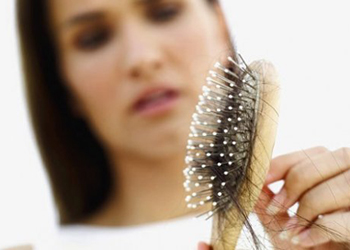Washington, Oct 28: If you are experiencing hair fall problems, your teeth may require extra care as researchers have found that hair disorder could increase risk of dental decay.

Keratins, proteins associated with strong hair, are important for tooth enamel, the findings showed.
Individuals with mutations in hair keratin genes are prone to cavities, the findings showed.
The researchers found that tooth enamel from individuals with keratin mutations had abnormal structure that resulted in weakness.
"Our results identify a genetic locus that influences enamel structure and establishes a connection between hair disorders and susceptibility to dental caries," said Maria Morasso from National Institutes of Health in the US.
Tooth enamel is the hardest substance in the human body and has a unique combination of hardness and fracture toughness that protects teeth from dental caries, the most common chronic disease worldwide.
"Epithelial hair keratins, which are crucial for maintaining the integrity of the sheaths that support the hair shaft, are expressed in the enamel organ and are essential organic components of mature enamel," the researchers said.
The study involved genetic and intra-oral examination data from 386 children and 706 adults.
The researchers found that individuals harbouring known hair disorder-associated polymorphisms in the gene encoding keratin 75 (KRT75), KRT75A161T and KRT75E337K, are prone to increased dental caries.
A functional keratin network is required for the mechanical stability of tooth enamel, the findings showed.
The study appeared in the Journal of Clinical Investigation.





Comments
Add new comment